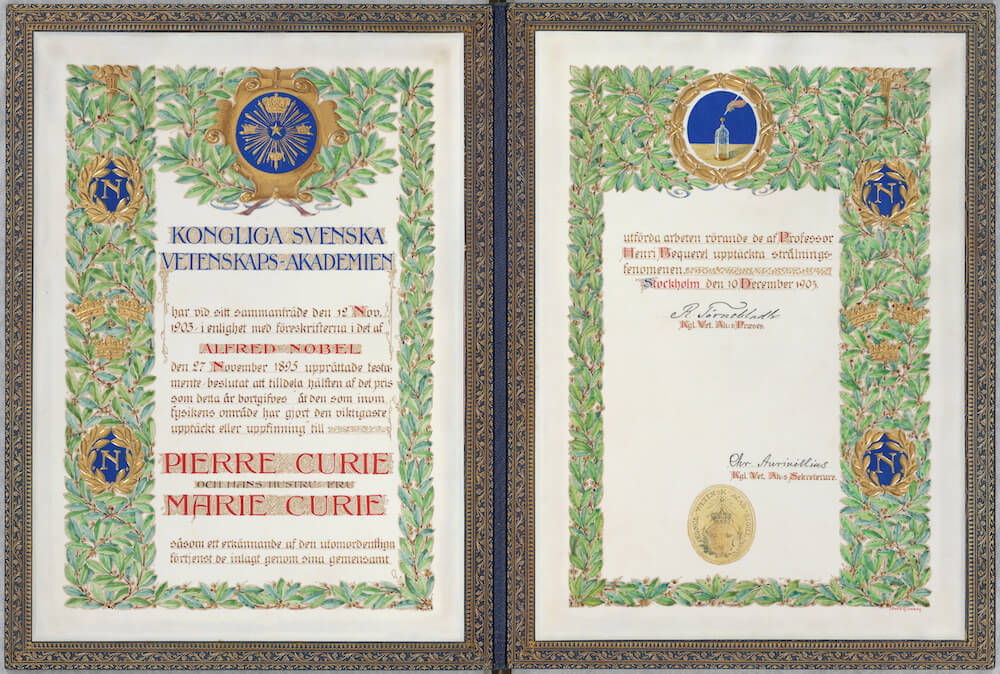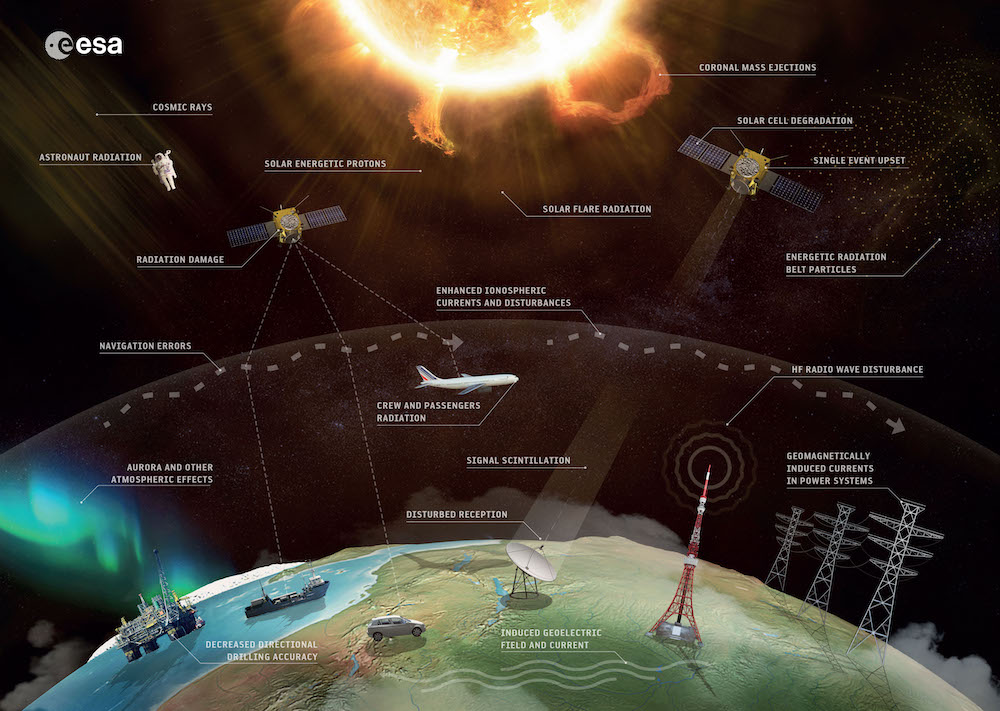Marie Curie: Scientist of Radioactivity
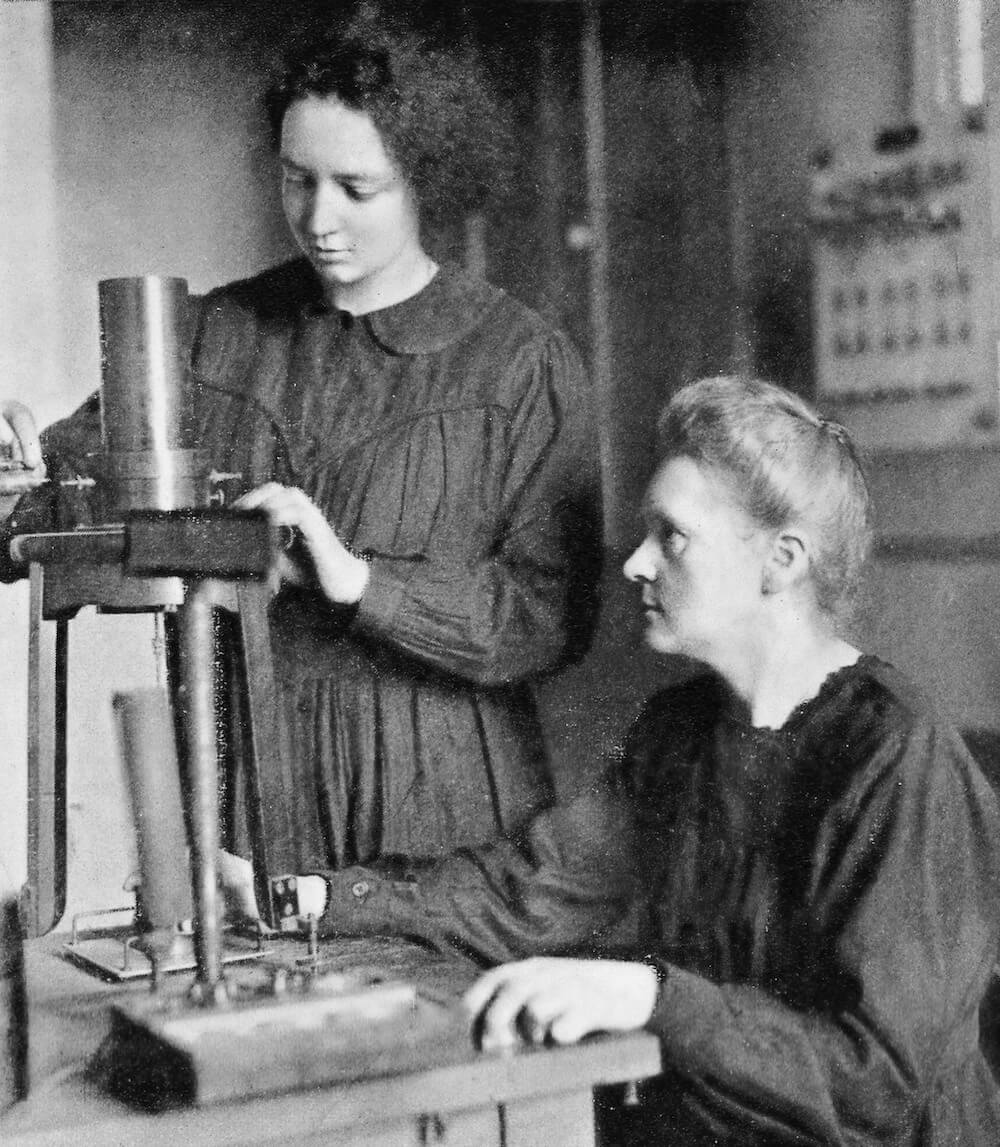
Have you ever heard of someone who discovered glowing elements that could fight disease? That’s exactly what Marie Curie did! Marie Curie is famous for her discoveries that unveiled the nature of radioactivity, revealing a previously unknown aspect of the atom and its behaviour. This understanding has been crucial in the development of nuclear physics, a branch of science that delves into the structure and forces within the nucleus of an atom.
Today, we’ll dive into the life of this remarkable scientist and explore her amazing discoveries.
Born in 1867 in Warsaw, Poland, Marie Sklodowska (Curie is her married name) was a curious and brilliant student from a young age. She eventually moved to Paris, France, to pursue her studies in physics and mathematics.
In 1895, Marie met Pierre Curie, another brilliant scientist, and they soon married. Together, they embarked on a journey of scientific discovery, focusing on a mysterious phenomenon called radioactivity. This was the ability of certain materials to emit invisible rays that could penetrate solid objects.
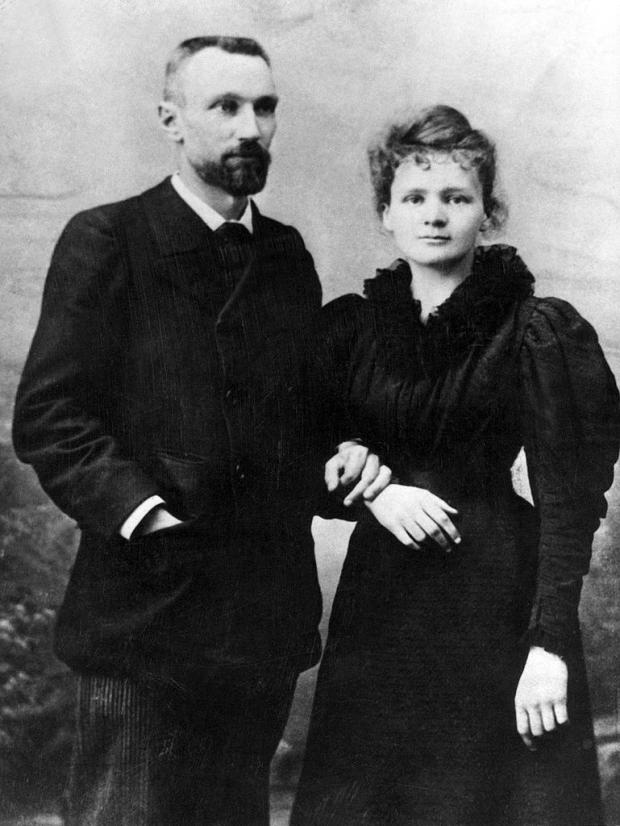
Pierre Curie and Marie Skłodowska-Curie, 1895
Working with her husband Pierre, she coined the term “radioactivity” and discovered that radioactive materials give off invisible and potentially dangerous rays. Their groundbreaking work helped establish the field of atomic physics.
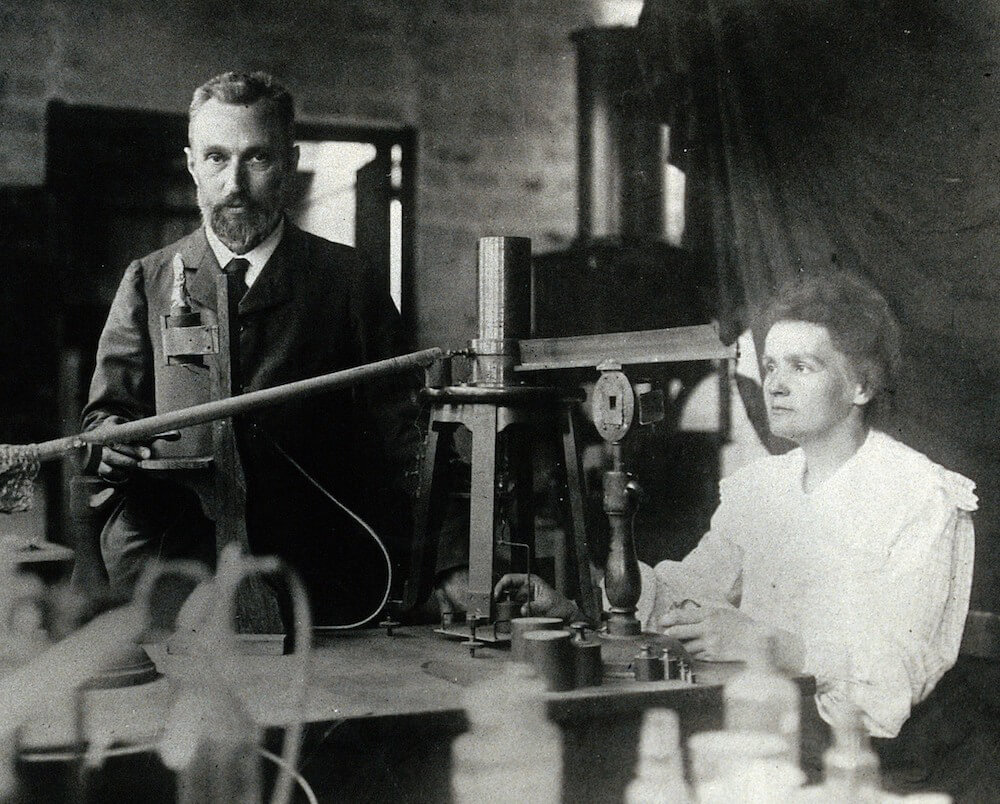
Marie’s dedication and meticulous research led to the discovery of two new elements in 1898: polonium (named after her home country, Poland) and radium. These elements not only possessed remarkable properties but also held the potential to fight cancer.
In 1903, Marie Curie won the Nobel Prize in Physics along with Pierre Curie and Henri Becquerel for their work on radioactivity. Tragically, Pierre died in 1906. Marie continued their research and in 1911 won a second Nobel Prize in Chemistry for her discovery of the two elements radium and polonium.
Madame Curie’s contributions to science were groundbreaking. She became the first woman to win a Nobel Prize (in Physics, in 1903, shared with Pierre and Henri Becquerel), and the first person ever to win a Nobel Prize in two different scientific fields (Chemistry, in 1911).
Why should you, as a student, learn about Marie Curie?
Marie Curie’s life and work continue to inspire scientists and students worldwide. Her discoveries not only revolutionized our understanding of the world but also paved the way for advancements in medicine and technology.
Curie shattered barriers at a time when women faced significant challenges in pursuing scientific careers. Her success opened doors for future generations of women in science, technology, engineering, and mathematics (STEM) fields. Learning about her journey can inspire you to chase your own dreams and challenges, regardless of any obstacles.
Marie Curie’s discoveries in radioactivity had a profound impact on the world. Her discovery of radium, initially used by Curie herself to treat tumors, paved the way for radiation therapy. This technique continues to be a vital tool in the fight against cancer, helping countless individuals battle the disease and improve their lives.
Additionally, her research laid the groundwork for the development of radioisotopes used in various medical imaging techniques like X-rays, PET scans, and bone scans, enabling diagnosis and treatment of various medical conditions.
Marie Curie Quotes
Here are some of Marie Curie’s inspiring quotes that showcase her dedication and passion for science:
- “One never notices what has been done; one can only see what remains to be done.”
- “Nothing in life is to be feared, it is only to be understood. Now is the time to understand more, so that we may fear less.”
- “We must have a passion for science and research. Curiosity has its own reason for existing.”
Worksheet 1: Writing prompt aligned to CCSS.ELA-LITERACY.W.4.10, where students will conduct short research projects on Marie Curie that build knowledge through investigation of different aspects of her scientific discoveries. After researching, students will use at least two print and digital sources to write an informative essay summarizing Marie Curie’s key contributions to science and explaining their impact. This worksheet builds on the standard by having students draw evidence from texts to support analysis and reflection.
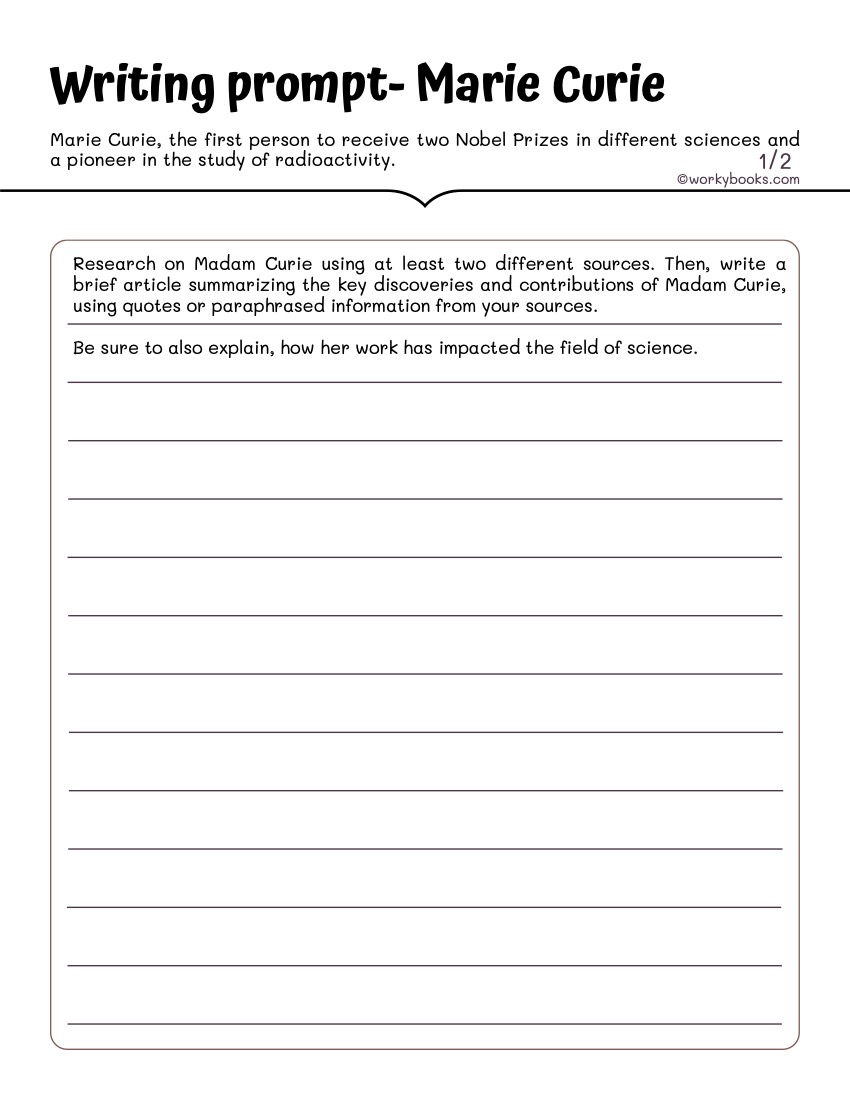
Worksheet 2: This research skills 5th grade ela worksheet gives students informational sources about scientist Marie Curie to answer multiple choice questions efficiently, meeting CCSS.ELA-LITERACY.RI.5.7 objectives.
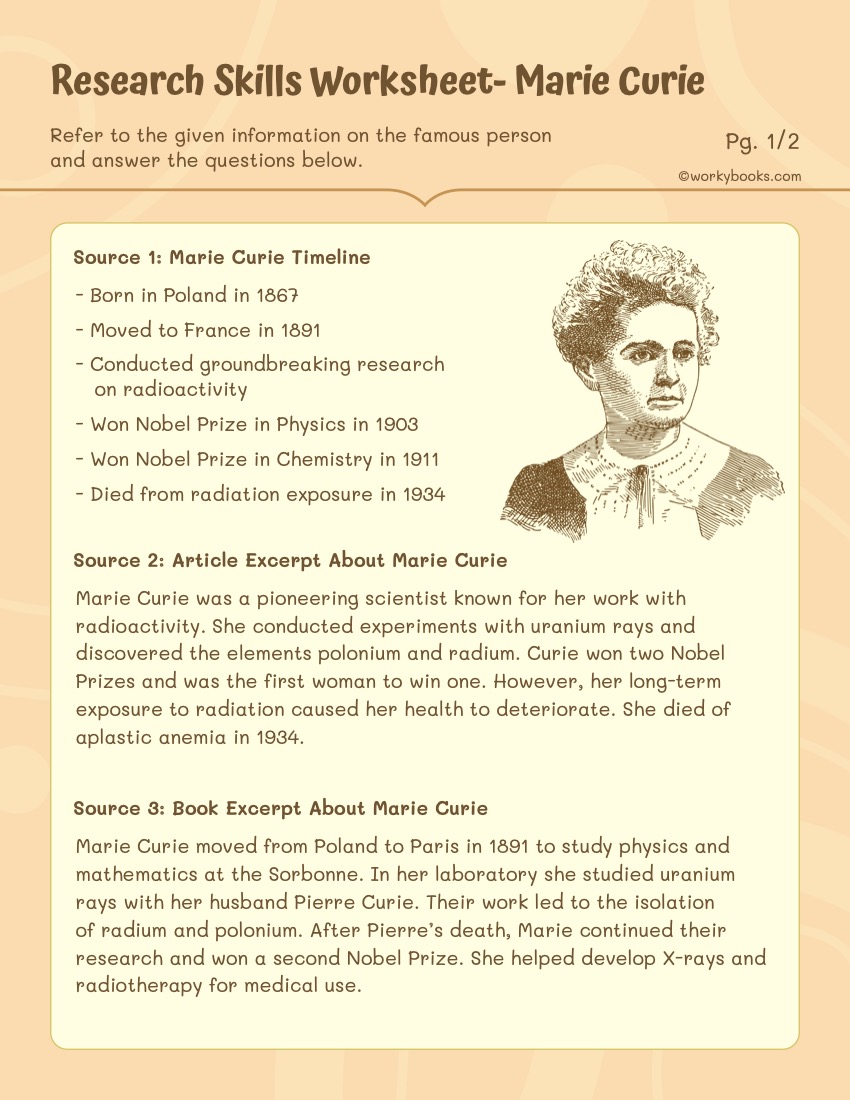
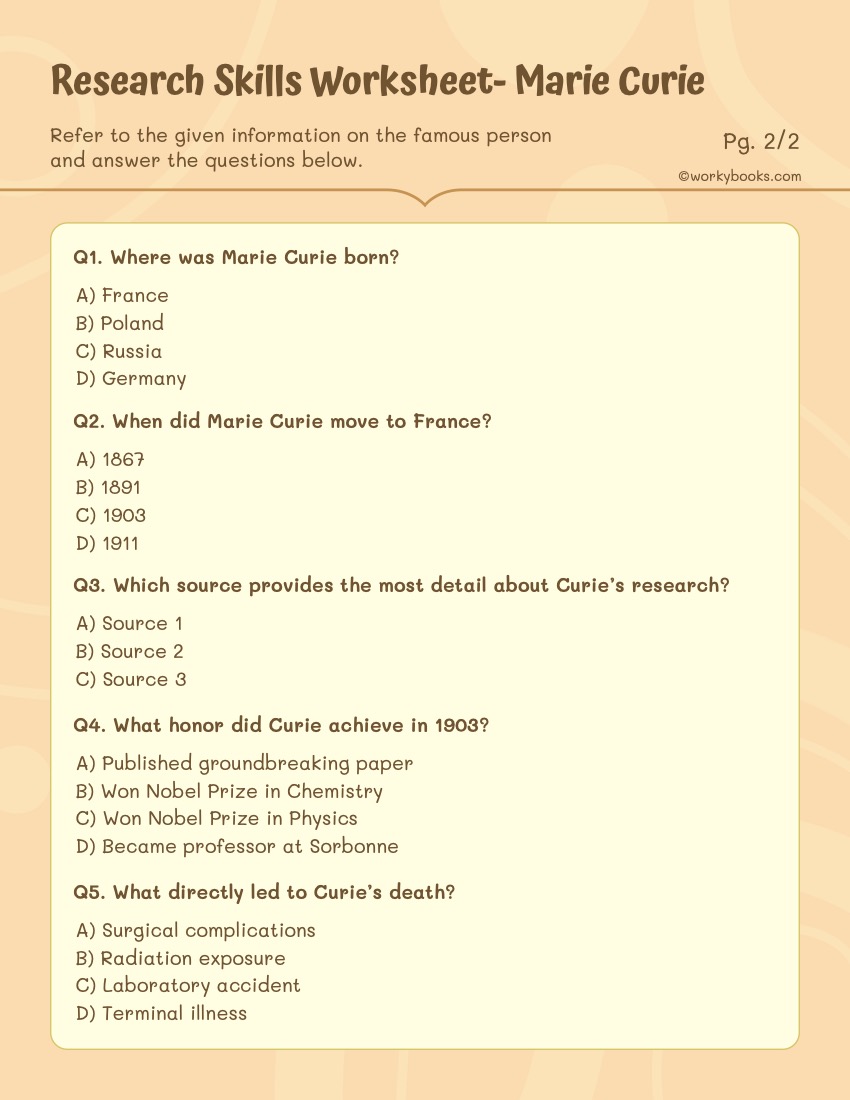
By engaging with her discoveries, I hope students are motivated to explore their own interests as Curie did – fearlessly and with an unquenchable thirst for knowledge.
To me, Madame Curie is a symbol of perseverance, dedication, and the power of intellectual curiosity. Hence, I have created the following worksheets for teaching students about her. Whether analyzing informational texts, writing research reports, or answering multiple choice questions, these activities aim to fuel the intellectual curiosity.
Happy learning!
N.G.T

